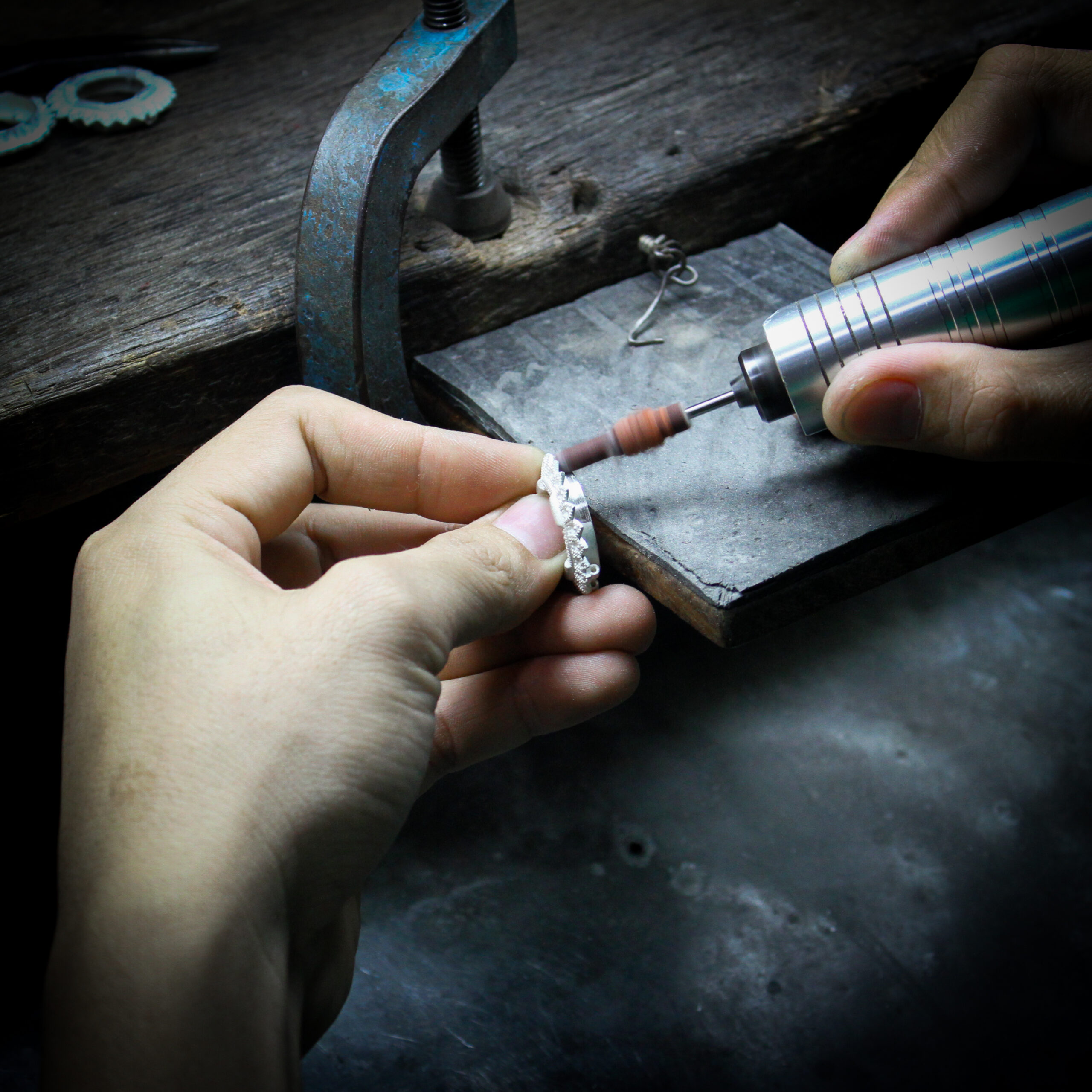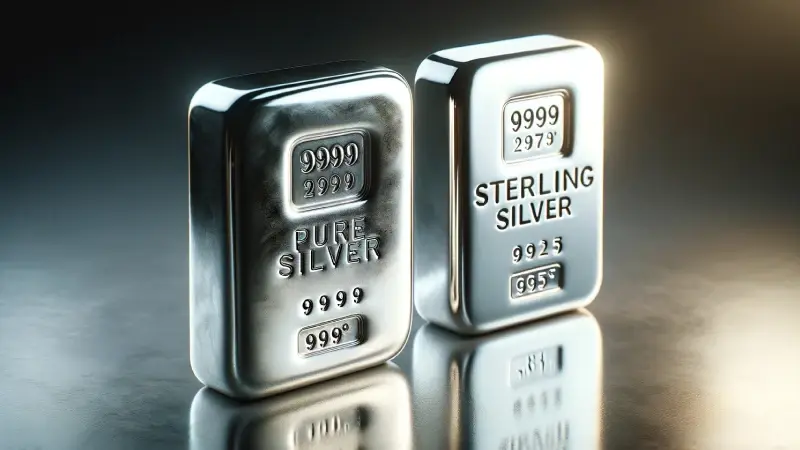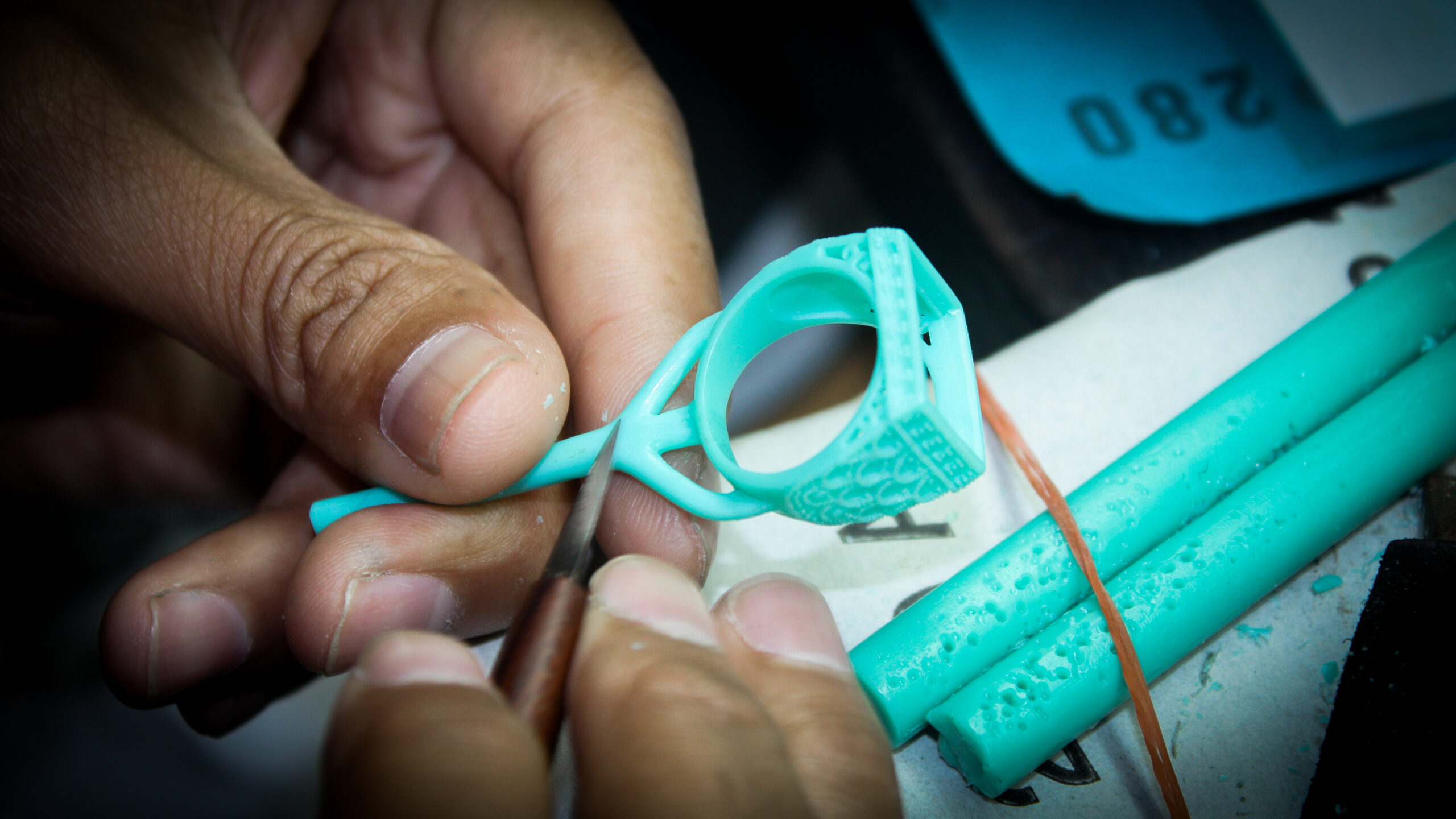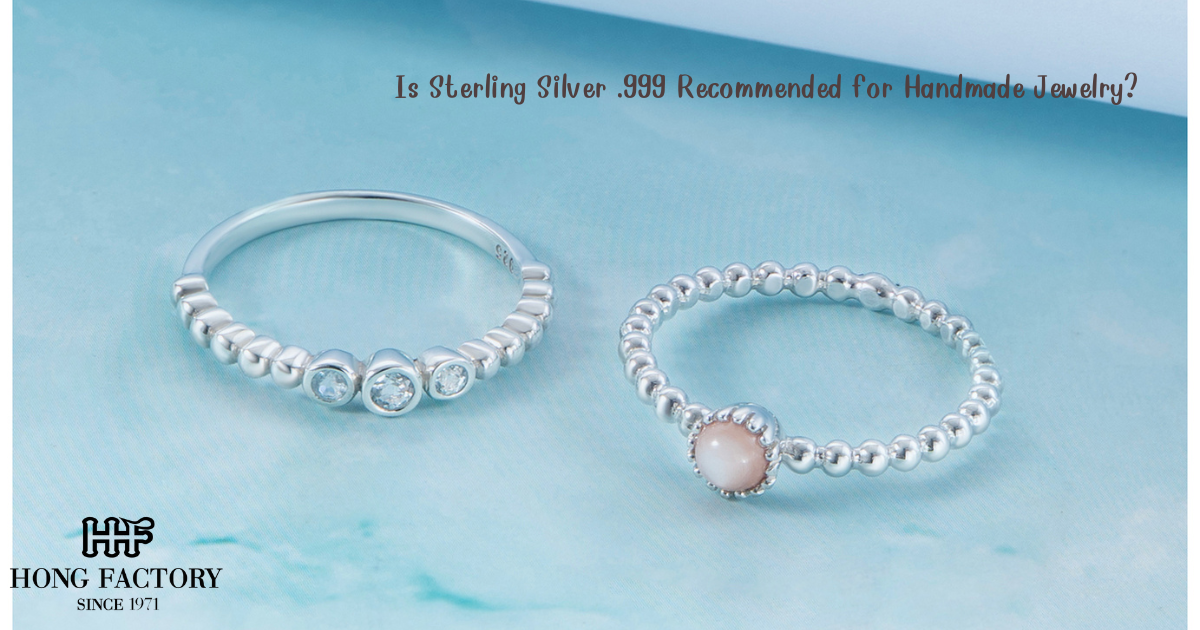Silver has long been celebrated as a precious metal that combines elegance, versatility, and accessibility. Among the various grades of silver available, Sterling Silver .999, also known as fine silver, stands out for its exceptional purity. Containing 99.9% pure silver and only 0.1% trace elements, it is one of the most refined forms of silver available in the jewelry world.
However, while this level of purity sounds ideal, the question arises Is Sterling Silver .999 Recommended for Handmade Jewelry? To answer this, we need to explore how its characteristics affect craftsmanship, design, and durability. sterling silver meaning

What Makes .999 Fine Silver Unique?
Fine silver (.999) possesses a brilliant white luster and a luxurious shine that sterling silver (.925) cannot fully replicate. Its surface is smooth, reflective, and resistant to tarnishing, making it visually appealing for high-end or artistic jewelry creations. Moreover, .999 silver is hypoallergenic, making it suitable for people with sensitive skin.
Despite its beauty, .999 silver is softer and more malleable than .925 sterling silver. This pliability makes it easier to shape and engrave but also means that jewelry made from pure silver can bend or scratch more easily when worn daily.
Is Sterling Silver .999 Suitable for Handmade Jewelry?
So, Is Sterling Silver .999 the right choice for handmade jewelry? The answer depends on the type of jewelry being crafted and the purpose of the piece.
For handmade jewelry, .999 silver offers both advantages and challenges. Artisans often favor it for its purity and workability. It melts at a slightly lower temperature and is easy to mold, which makes it ideal for delicate techniques like filigree, hand engraving, and metal clay designs. However, because of its softness, it may not be the best choice for pieces exposed to frequent wear, such as rings or bracelets.
In short, while .999 silver can create stunning handmade jewelry, it requires skill and careful design considerations to ensure longevity and quality.
Advantages of Using .999 Fine Silver in Handmade Jewelry
- Exceptional Purity – With nearly 100% silver content, fine silver carries a premium feel and bright, mirror-like sheen that appeals to collectors and high-end jewelry lovers.
- Easy to Work With – The softness of .999 silver allows artisans to form intricate patterns and smooth surfaces effortlessly.
- Tarnish Resistance – Compared to sterling silver, fine silver tarnishes more slowly, which reduces maintenance for wearers.
- Skin-Friendly Material – Fine silver is nickel-free and hypoallergenic, making it perfect for sensitive skin and luxury handmade designs.
These traits make .999 silver an excellent material for artisans who focus on unique, limited-edition, or artistic jewelry pieces.

Challenges of Working with .999 Silver
While .999 silver has its charm, it also presents several limitations:
- Softness and Durability: Fine silver is prone to bending and scratching, especially in thin or high-contact areas.
- Gemstone Setting Issues: Because the metal is softer, it does not hold gemstones as securely as sterling silver.
- Higher Cost: Pure silver is more expensive than sterling silver, which increases material costs for artisans.
- Limited Application: Not all handmade designs are suitable for fine silver; structural pieces like bangles, chains, or rings may deform with frequent use.
For these reasons, many professional silversmiths combine fine silver with sterling components for example, using fine silver for decorative parts and sterling silver for functional joints or clasps.
When to Choose .999 Silver for Handmade Jewelry
Handmade jewelry artists may choose .999 silver for specific design goals or collections, such as:
- Art Jewelry and Sculptural Pieces: Where visual purity and craftsmanship matter more than durability.
- Statement Necklaces or Pendants: Larger pieces that are less prone to wear and tear.
- Cultural and Ceremonial Jewelry: In some traditions, pure silver symbolizes purity and spiritual energy.
- Custom or Limited-Edition Creations: To highlight exclusivity and craftsmanship.
In these cases, .999 silver enhances the overall artistic value of the jewelry while preserving its radiant natural sheen.
Craftsmanship and Modern Techniques
Today’s handmade jewelry artists have access to advanced tools like silver clay, laser soldering, and protective coatings, which allow them to work with fine silver more effectively. For instance, fine silver clay (made of silver particles and organic binders) can be sculpted, fired, and polished into solid .999 silver pieces perfect for handmade pendants or earrings.
Modern coatings can also help strengthen .999 silver surfaces, making them more resistant to scratches and dents. This innovation enables artisans to use pure silver in more creative and functional designs.

Purity Meets Craftsmanship
So, Is Sterling Silver .999 Recommended for Handmade Jewelry? Yes but selectively. It is an excellent material for artisans seeking to showcase skill, artistry, and luxury. However, it’s best suited for designs that prioritize beauty and craftsmanship over everyday durability.
In essence, .999 fine silver is the artist’s metal radiant, pure, and endlessly moldable. When handled with expertise, it transforms into jewelry that transcends fashion, capturing the essence of handmade artistry and the brilliance of pure silver.
